
PRODUCTS
31-10-2021 di redazione
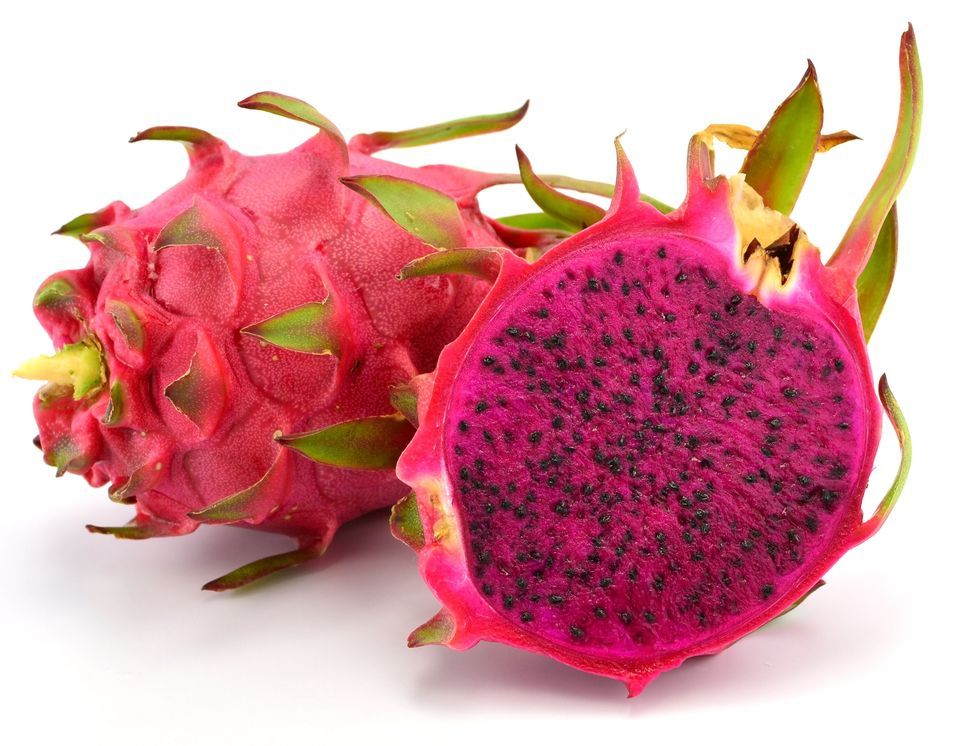
The Dragon Fruit or Pitaya is a tropical fruit belonging to the Cactacaceae family, like the prickly pear. Although it is native to Central and South America, it is now particularly common in Asia and tropical countries where the climate is suitable for its growth, including Kenya. The fruit is immediately striking in appearance: it has a fuchsia-coloured skin, very thick and with large scales with green tips. The flesh has a creamy consistency and is characterised by a myriad of tiny black seeds, rather like the kiwi, and the flavour is very pleasant, sweet and refreshing. There are four varieties of this fruit: three are pink with a different coloured flesh inside which can be white, purple or red. The fourth is a smaller, sweeter hybrid variety with a yellow skin and white flesh, but the latter is more popular in the Philippines.
In Kenya, where there is growing interest in healthy eating, demand is also increasing but production is still rather limited, retailing at between Ksh1,000 and Ksh2,000 per kilo.
It can weigh between 200 and 600 grams and can be found in the fruit and vegetable departments of shops and supermarkets, even on the coast.
This unusual-looking fruit is a concentrate of vitamins, minerals and fibre.
It is a fruit with strong antioxidant and anti-ageing properties. In addition to vitamin C, it is rich in betalaines, natural pigments that give colour to the flowers and fruit, which have considerable antioxidant power and a high capacity for removing free radicals.
Dragon fruit is also good for the liver thanks to its phytoalbumins, which help in the purification and detoxification of the blood and liver by increasing the excretion of toxins and heavy metals from the body; it is also rich in minerals, particularly calcium and sodium and, to a lesser extent, selenium, zinc and magnesium.
Although it is a very sugary fruit, it can also be eaten by people suffering from diabetes, obviously without exaggerating the quantities and avoiding eating it alone, perhaps combining it with a little yoghurt or dried fruit, or making excellent and tasty juices and smoothies.
The other parts of the plant can also be used, for example the roots and flowers make wonderful herbal teas, while the stem is used to make bath soap.
The dragon fruit season in Kenya runs from November to May, with January, February and March being the peak months.
All we have to do is wait a few months to taste it.aaa repliky hodinek
RECIPES
di redazione
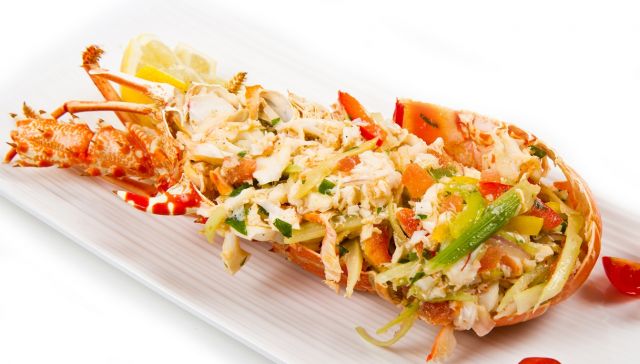
On the African shores of the Indian Ocean, combining fish with fruit is not a gamble, but a pleasant contrast.
On the other hand, if the fish fauna goes so well with lemon, why not also dare with passion fruit,...
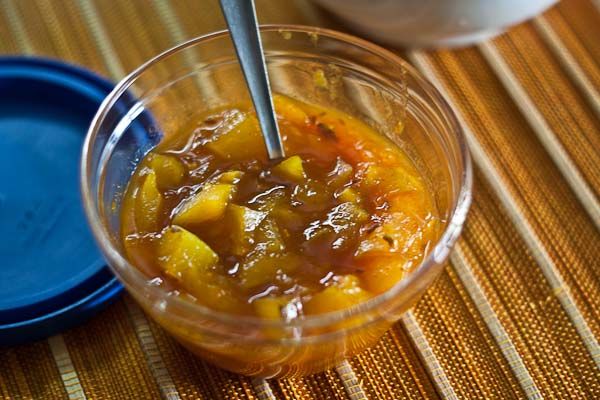
Chutney is a typical English sweet and sour sauce made with fruit or green tomatoes. It is excellent as a sauce to flavor meat and fish foods....
PRODUCTS
di redazione
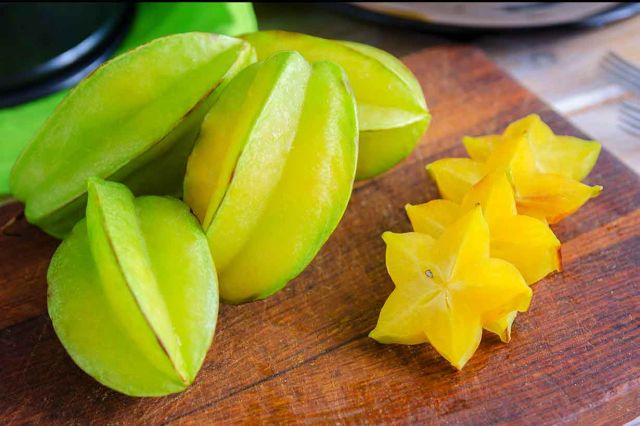
Star Fruit, as it is called in English-speaking countries like Kenya, is little known in Italy as Carambola, which comes from its plant, the Averrhoa Carambola.
On the other hand, the name of the plant itself....
PRODUCTS
di redazione
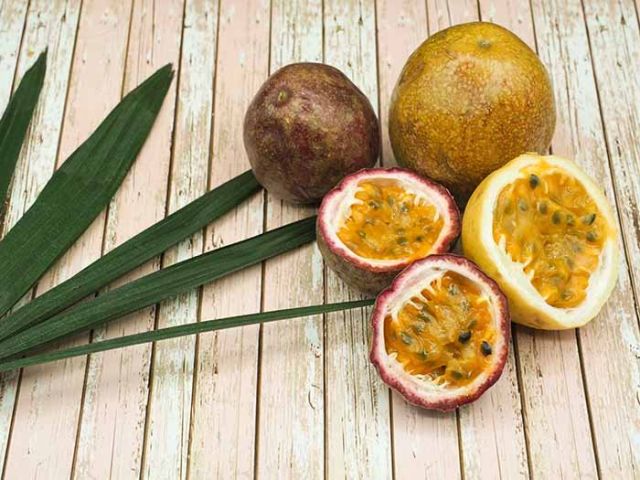
The passion fruit is also called Maracuja and is the fruit of the Passiflora Edulis, a tropical climbing plant belonging to the Passifloraceae family.
One might think that its name evokes aphrodisiac properti
LIFE IN KENYA
di redazione

How much does it really cost to live in Malindi and Watamu without working?
How much can a pensioner or someone who has an income live on while savouring the dolce far niente?
Considering the overwhelming return of the desire...
di redazione
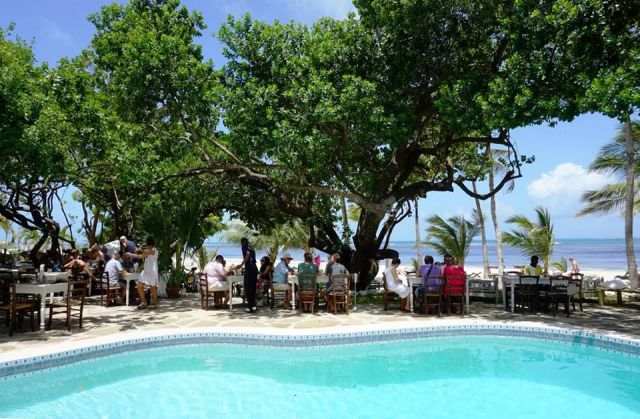
A Ferragosto full of life, taste, and fun in Malindi, in the splendid atmosphere of Pizza O on Silversand Beach.

With tourism reopening with fewer and fewer restrictions, direct charter flights have also started up again since last August, and European tourism is ready to resume the holiday discourse that was abruptly interrupted in February 2020.
In inviting you to...
RECIPES
di redazione
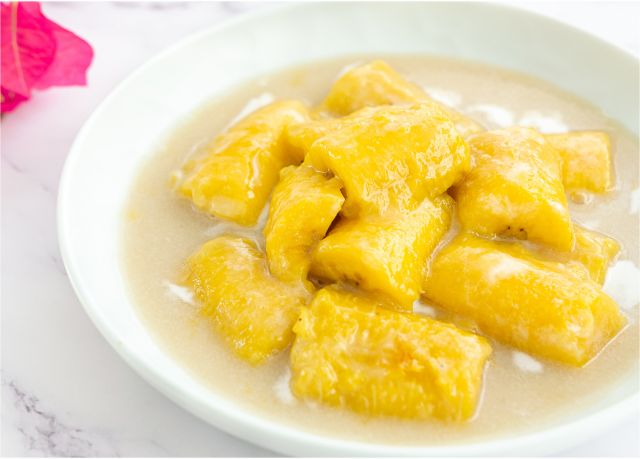
We have already talked about and proposed a classic recipe of matoke or green banana, but today we want to propose you a sweet, unpublished version: matoke in coconut cream and cardamom.
This fruit is very similar to the banana,...
RECIPES
di redazione
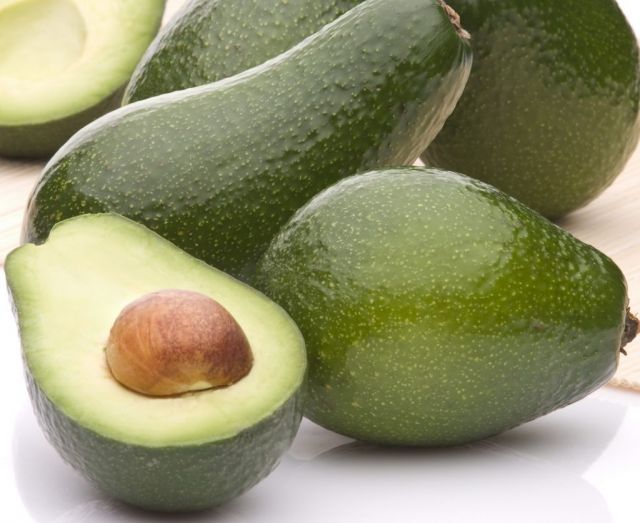
An ancient Swahili legend says that before the arrival of the Portuguese, the natives of the Kenyan coast did not eat avocado but only used oil, because they did not consider it as fruit or vegetables.
When the Portuguese decided...
PRODUCTS
di redazione
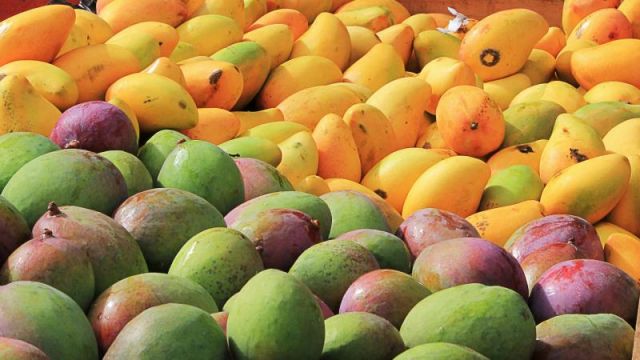
Mango ( scientific name Mangifera indica ) is a tropical plant belonging to the family of the Anacardiaceae.
Native to India, it was spread also in Africa and Latin America thanks to the Portuguese.
DREAMING KENYA
di redazione

Ma tu ci vivresti, a Watamu?
Ci hai trascorso...
PLACES
di redazione
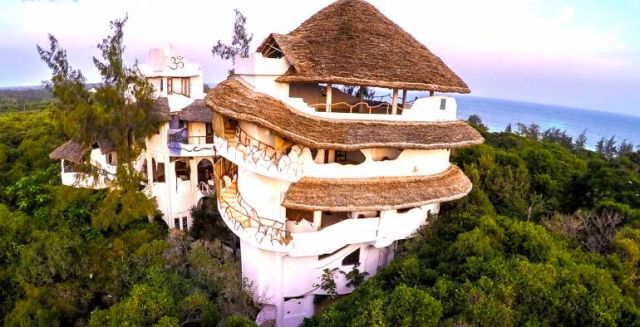
Put a magnificent structure that looks like a tower designed by Gaudi in the middle of the virgin forest of Watamu, about a hundred meters from the ocean and the white long beach between Turtle Bay and Garoda.
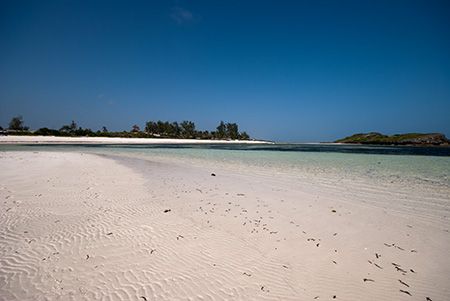
My Mal d'Afrique has a name, Watamu.
I know little about the Black Continent, I visited Tsavo National Park and Amboseli Reserve, watched the Victoria Falls in Zambia and I volunteered for two weeks in Uganda.
PRODUCTS
di redazione
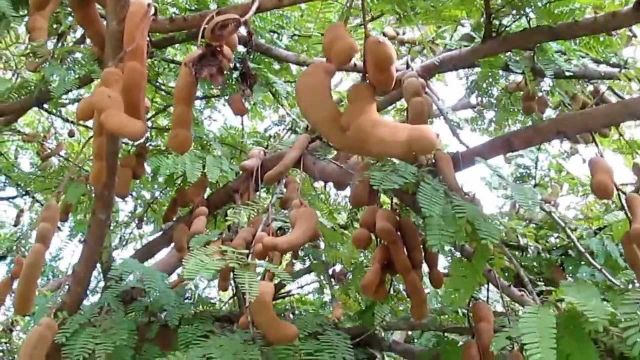
Kenya is increasingly the ideal environment for tamarind, present on the Swahili coast since it was brought and planted from India a thousand years ago.
Tamarindus Indica is a majestic, long-lived evergreen belonging to the leguminous family.